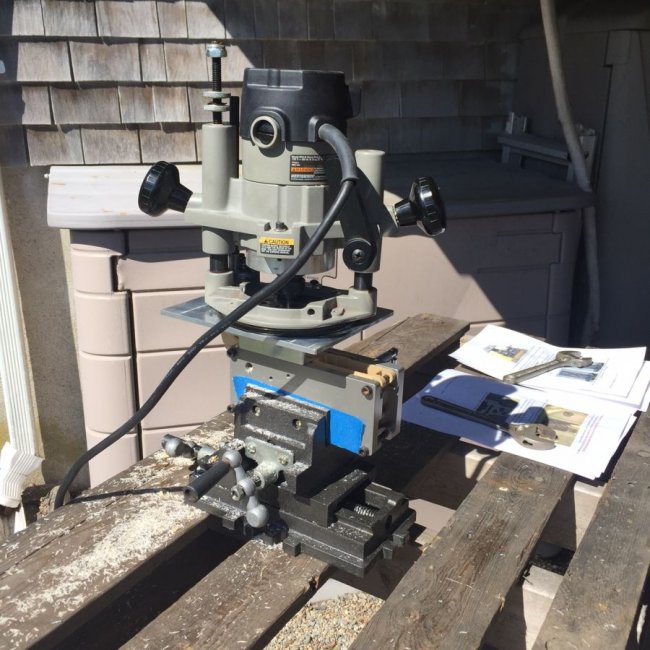2nd=Good+Substantial
Ultimate Member
All the pictures I've seen show a small laminate trimmer being used. I have very nice full size router and other than being heavier I don't see a problem. Any issue using a full sized router?
For $20 extra, they offer hardened steel drill bushings. I usually spend the extra money for heavy duty when it comes to tools. Is there any downside to the bushings like maybe misalignment?
Thanks!
For $20 extra, they offer hardened steel drill bushings. I usually spend the extra money for heavy duty when it comes to tools. Is there any downside to the bushings like maybe misalignment?
Thanks!




